Planning a wedding usually starts after you have received the perfect engagement ring– one that you have always dreamed of. We know the world of buying an engagement ring can be a confusing one so we teamed up with the folks at Brilliant Earth to bring you 7 must follow tips for buying that perfect engagement ring. You also must check out the new collection from Brilliant Earth, The Monaco Collection, which is focused on very luxe, aspirational pieces. It is Brilliant Earth’s most premium collection to date. The exclusive styles were designed by their San Francisco Brilliant Earth design team. It includes special new halo designs, like octagonal halos, kite set halos, and curved halos, as well as traditional designs with special design touches, like a solitaire with elegant double prongs and a three stone ring with trapezoid side diamonds.
Set A Budget
Before you start to browse for rings, you must set a budget that you are comfortable with. There is no standard on how much you “should” spend on an engagement ring, no matter what you may have heard. Find a jeweler who can assist you in finding a diamond or other gemstone that balances size with quality at a price that works for you. Read more tips on how to set a budget
Choose A Center Gemstone
Although engagement rings have traditionally featured diamonds, other gemstones have also begun to catch brides’ eyes. About 90% of engagement rings feature diamonds, but sapphires are the second-most popular gemstone. Before diamonds became the go-to choice for engagement rings, royal blue sapphires were the most popular gemstone, as the color blue symbolizes fidelity. If you’re looking to stand out, a colored gemstone can be a beautiful and elegant way to reflect your personal tastes and convey a more unconventional look. Many brides-to-be are surprised to learn that sapphires aren’t available only in shades of deep blue, but also can be found in teal, peach, and many more hues.
Research The 4 Cs.
Diamonds remain the most popular center gemstone and are especially sought after for a classic, timeless look. Color, cut, clarity, and carat are the 4 Cs of diamonds, and you should familiarize yourself with them before making this meaningful purchase. You can educate yourself about diamonds on the Brilliant Earth website, or through a conversation with one of our jewelry experts.
The most visually distinctive factor is carat. While many associate carat with size, it is actually a measurement of weight. Diamond prices rise exponentially as carat weight increases, rather than linearly, because of the rarity of larger and heavier diamonds, so your decision regarding carat weight will most likely be the greatest influence on the overall cost.
Cut determines how well it reflects and refracts light. It is often considered the most important characteristic of a diamond and impacts a diamond’s brilliance, fire, and scintillation.
Color is the degree to which a diamond is colorless. Although individuals vary in their ability to observe color differences, most people prefer a colorless or white diamond, or at least a color that is not very detectable to the untrained eye. With engagement rings, the most common color grade selection for the center diamond is F-H color.
Clarity refers to the presence of blemishes and inclusions in a stone. Clarity is usually the characteristic determined last, given it has the least impact on a diamond’s appearance. Learn more about the 4 C’s
Know The Origin Of Your Gemstone
Jewelers that offer “conflict free” diamonds are limiting themselves to the Kimberley Process’s definition of “conflict free.” This process narrowly defines conflict diamonds as diamonds that finance rebel movements against recognized governments. What this definition leaves out is large numbers of diamonds that are tainted by violence, human rights abuses, poverty, and environmental degradation. Brilliant Earth goes beyond the usual standard to guarantee that our diamonds originate from ethical and environmentally responsible sources. Our beyond conflict free diamonds are untouched by human rights abuses and originate from Canada, Namibia, Botswana, South Africa, and Russia.
Choose A Precious Metal
The two most popular precious metals for engagement rings are platinum and white gold. Platinum, the rarest of metals, is hypoallergenic and very durable. Slightly less expensive than platinum, 18k white gold is softer, but is still very strong and resistant to scratching. It is important to know, however, that 18K white gold must be re-rhodium plated periodically to maintain its bright, white finish, whereas platinum maintains its whiteness. Rose gold is rapidly growing in popularity and is especially sought after in classic and vintage inspired styles.
Brilliant Earth uses only recycled precious metals, which are identical in quality to newly mined metals and reduce demand for dirty gold mining. Metal mining – gold mining in particular – is one of the most environmentally destructive types of mining, with 20 tons of ore required to produce enough gold for a single ring.
Consider A Vintage Ring
The romantic, often one-of-a-kind rings in our collection of vintage and antique engagement rings are increasingly beloved by couples looking for a truly unique piece. Currently Art Deco rings are most in demand, and feature bolder lines, brighter colors, and geometric forms. Retro era rings are also quite popular and are characterized by feminine motifs, curved lines, and a larger-than-life appeal.
Decide On Style Details
This may be the hardest part, but the details are the final touch to bringing your ring to fruition. From personalized engraving to gemstone-encrusted bands, the options to add that last little magic touch to your most coveted piece are endless. With so many options, it’s good to note maybe one or two key details at most that are important to you so you can eliminate a lot of choices from the beginning. Some intricate details that make all the difference include:
• Surprise diamonds or filigree in the gallery
• Diamond encrusted bands on one side or both
• Engraved or patterned bands
• Detailed bands with open twists or weaves
• Fancy cut diamonds (round, princess, marquise, etc.)

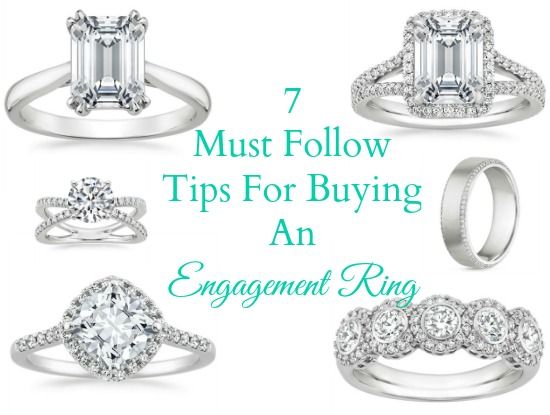
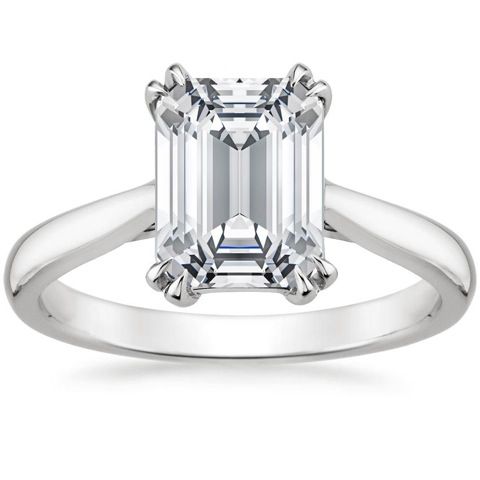
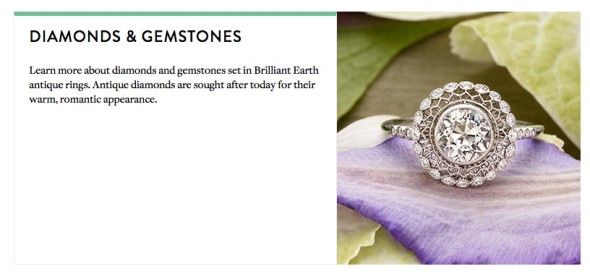

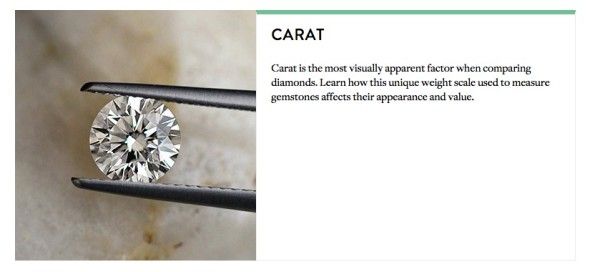
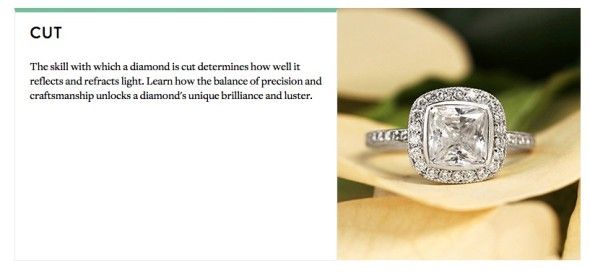
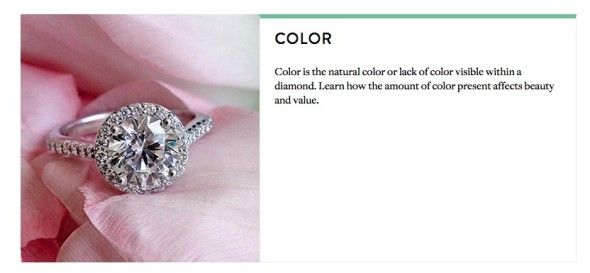

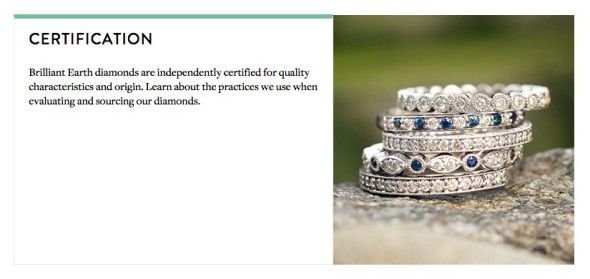
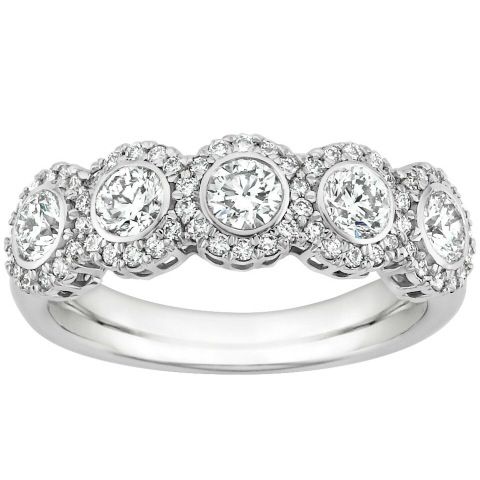
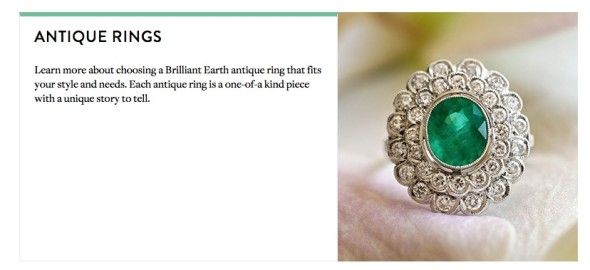
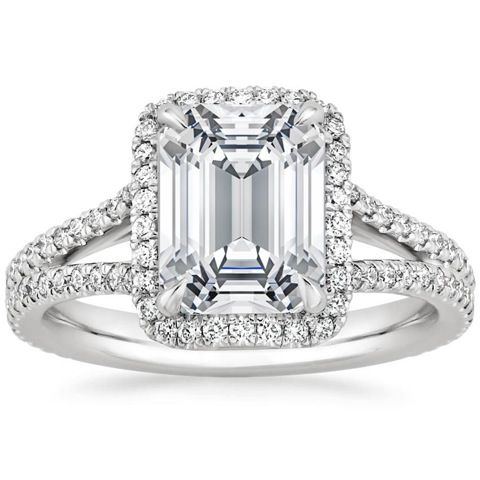

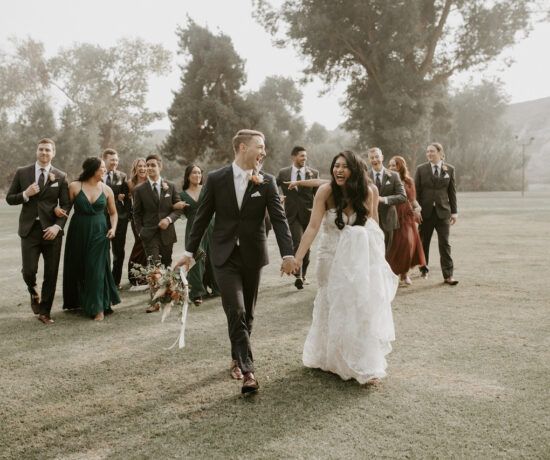
No Comments